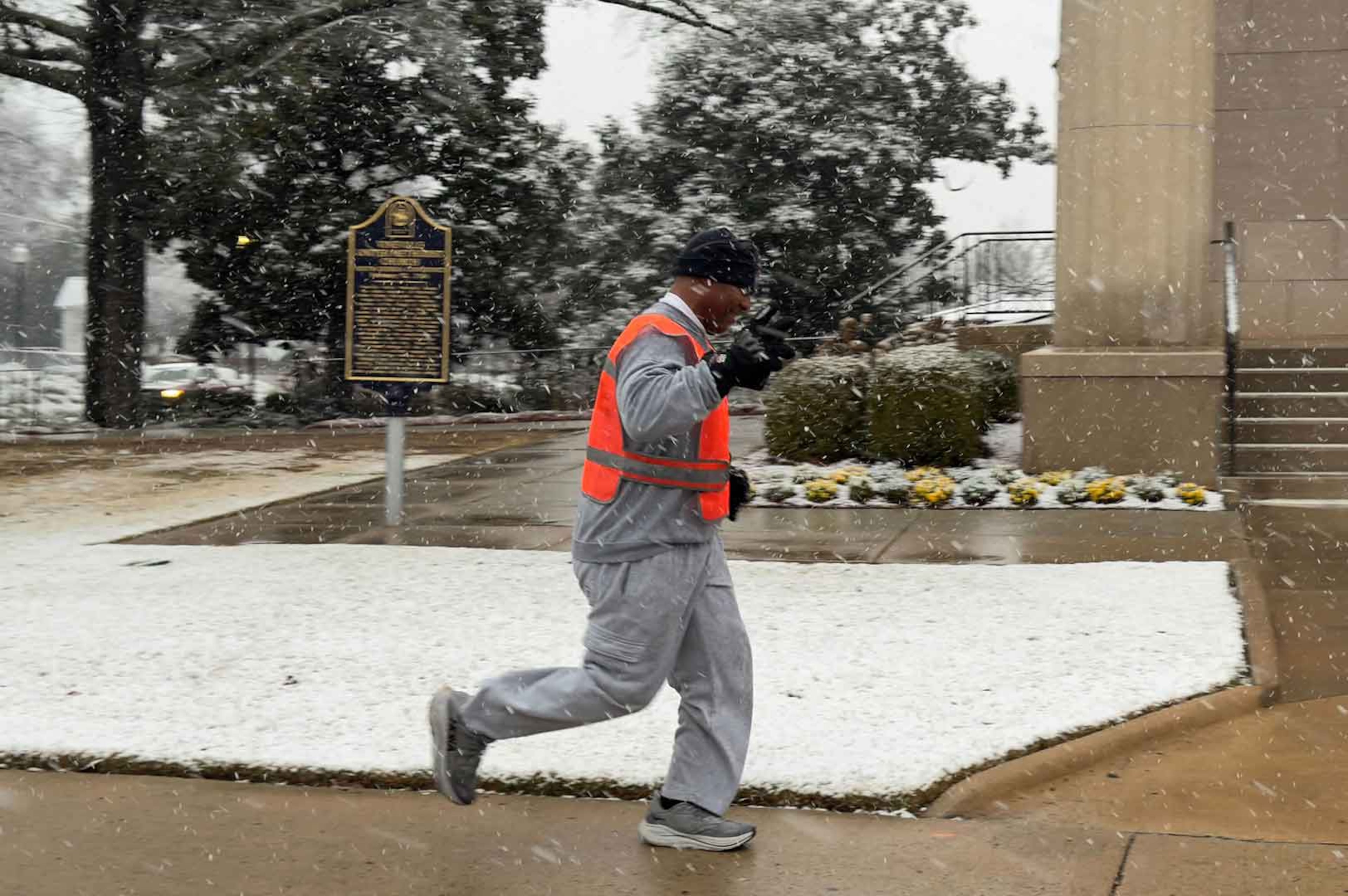Navigating flu season: hot spots and prevention strategies
Before flu season rolls around — starting in October and sometimes lingering until May — you should up your game to avoid those pesky germs. Although the flu virus can pop up just about anywhere, some spots are bigger culprits than others.
The flu spreads through droplets when someone coughs, sneezes or talks. If you’re within 6 feet of an infected person, you’re in the danger zone of those droplets reaching you. Dr. Ravi Jhaveri, an infectious disease expert at Northwestern Medicine, stressed to Healthy the importance of knowing how the flu travels to keep yourself safe.
Top flu hot spots are:
Public transportation: Crowded buses and trains are breeding grounds for germs.
Schools and day cares: Children often spread viruses through close contact and shared toys.
Offices: Open-plan workspaces and shared equipment facilitate easy transmission.
Hospitals and clinics: A high concentration of sick individuals increases risk.
Shopping centers: High-touch surfaces like escalator handrails can harbor the virus.
Gyms: Shared equipment and humid environments promote virus survival.
Anyone can catch the flu, but certain groups are at higher risk for complications. These include adults over 65, children under 2, pregnant people and individuals with chronic health conditions, according to the U.S. Centers for Disease Control and Prevention.
To protect yourself, get vaccinated, practice good hygiene and be aware of your surroundings. During peak flu season, consider wearing a mask in crowded areas and limiting time spent in high-risk locations when possible. By being aware of these areas and taking preventive measures, you can minimize your chances of catching the flu.
Find more stories like this one on our Pulse Facebook page.


